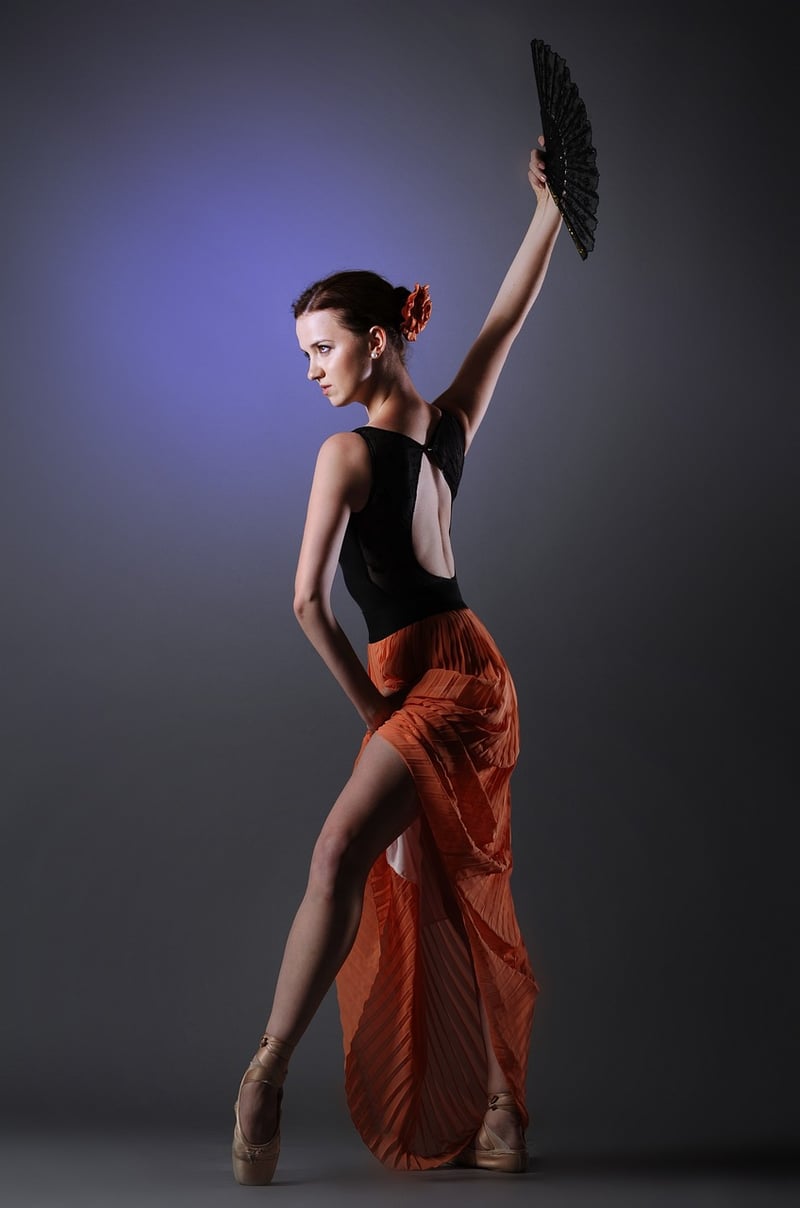Hip Hop
The Art of Expressive Movement in Hip Hop

When it comes to the world of dance, Hip Hop stands out as a vibrant and expressive form of movement that has captivated audiences worldwide. At the heart of Hip Hop dance lies the concept of expressive movement, where dancers use their bodies to convey emotions, tell stories, and connect with the rhythm of the music.
History of Hip Hop Dance
Hip Hop dance originated in the streets of New York City in the 1970s, evolving as a form of self-expression for urban youth. It encompasses a wide range of styles, including breaking, locking, popping, and krumping, each with its unique movements and rhythms.
Expressive Movement in Hip Hop
Expressive movement is at the core of Hip Hop dance, allowing dancers to communicate their feelings and experiences through their body language. From powerful gestures to intricate footwork, every movement in Hip Hop tells a story and conveys a message.
Key Elements of Expressive Movement in Hip Hop
- Isolation: Dancers focus on moving specific body parts independently, creating visually striking effects.
- Flow: Smooth transitions between movements enhance the overall fluidity and rhythm of the dance.
- Dynamics: Changes in speed, intensity, and energy add depth and emotion to the performance.
- Personal Style: Dancers infuse their unique flair and personality into their movements, making each performance distinct.
Benefits of Expressive Movement in Hip Hop
Engaging in expressive movement in Hip Hop offers a myriad of benefits beyond physical fitness. It allows individuals to unleash their creativity, build confidence, and connect with others through a shared passion for dance.
Join the Movement
Whether you're a seasoned dancer or a complete beginner, exploring the world of expressive movement in Hip Hop can be a rewarding and enriching experience. So put on your dancing shoes, feel the music, and let your body tell a story through the dynamic art of Hip Hop dance!

Image sources: Pixabay.com
